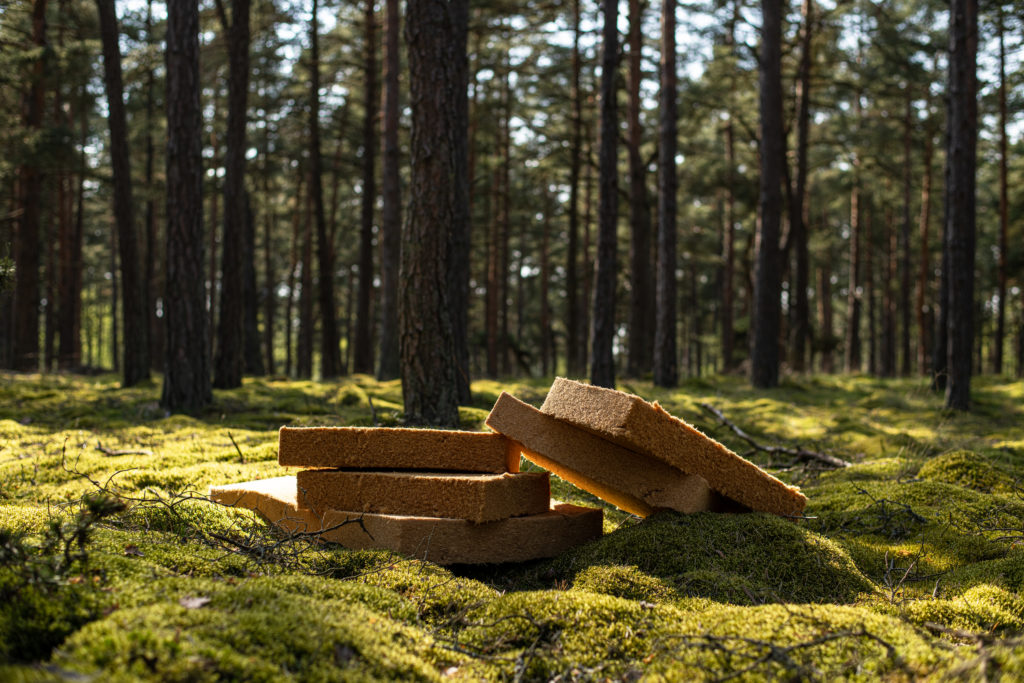
Wood is our most important raw material
Have you reflected on the fact that the forest’s recources are circular – provided that it is sensibly managed? In Norway, the forest is large and growing. Over the past hundred years, the volume has tripled. Therefore, felling and removal of wood from the forest can be increased, within a sustainable framework.
To ensure that the forest is managed sustainably, PEFC has been established, which is the world’s largest forest certification system. When something is PEFC marked, you can be sure that the raw material comes from sustainably managed forests. Sustainable forestry prevents deforestation and illegal logging while taking nature, climate and people’s rights into account. In Norway, all forests are PEFC certified.
Requirements for sustainable forestry
Most of the requirements in the Norwegian PEFC Forest Standard are about safeguarding biological diversity, cultural heritage and values linked with outdoor recreation and experiences. The most important measures to ensure species diversity are keeping key biotopes, keeping both retention trees and dead trees, setting off buffer zones against water, streams and marshes and showing particular consideration of birds. The forest of the future must be secured through replanting programme and juvenile stand tending.
Source: PEFC Norway
The standards in PEFC are reviewed every five years to ensure that they are updated in relation to new knowledge and developments. The Norwegian PEFC Forest Standard has now been through four revisions. In the new forest standard, the requirements regarding consideration for the environment and outdoor life are significantly tightened.
From spruce chips to building materials
The timber is processed by sawmills into building materials and high-quality products with a long lifespan, while pulpwood, residues, waste and side streams are used in other industry and for energy production.
Hunton is one of the Nordic countries’ leading manufacturers of wood-based building materials. The building materials protect your home against cold, wind and sound, and can be easily put together in systems for walls, floors and roofs that make it easy to build solid.
Our most important raw material is spruce chips from the sawmills around Gjøvik. 100% PEFC-certified wood chips are delivered to our factories where they are defibrated into wood fibers from which we make building materials – such as wood fiber insulation, wind barriers and underroof. The forest acts as a carbon store, and the building materials we produce continue to store carbon throughout their lifetime.

What does it mean that the product is PEFC marked?
When a product is PEFC marked, you can be certain that the raw material or product comes from sustainably managed forests. This is ensured through standards for sustainable forestry and tracking through the value chain. Compliance with the standards is checked by independent, third-party certificators.
Sources:
